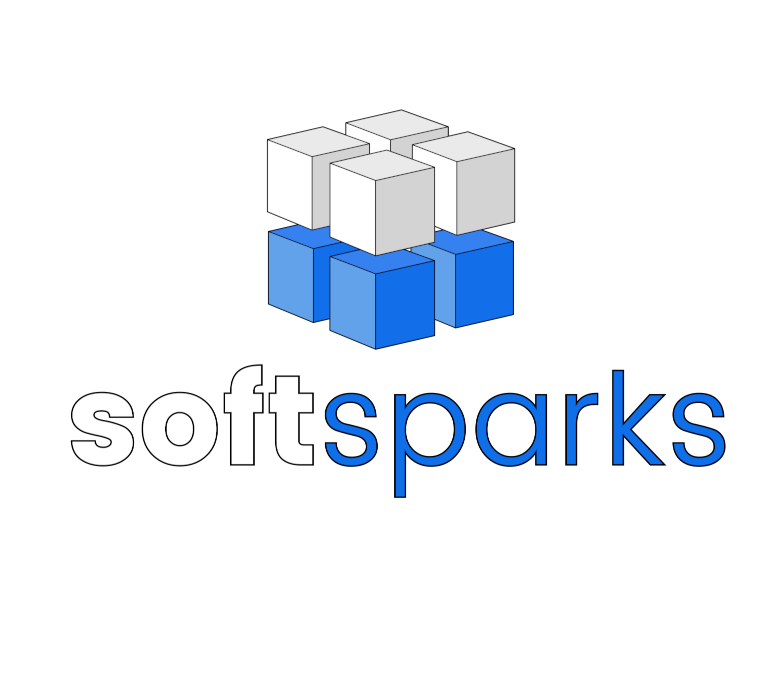Are you wondering how you can finally get rid of recurring tasks without spending hours programming? Are you faced with the challenge of making your work processes more efficient, but don't have the time or inclination to familiarize yourself with complicated IT topics? Many people are looking for ways to automate their daily processes, but don't know where to start. This is where AI automation services and no-code platforms like make.com come in. In this article, you'll find out how you can simplify your work processes with the help of AI and without programming knowledge and gain more time for the essentials.
Table of contents

What is an AI automation service?
Definition and importance of automation services
Automation services are services in which recurring, manual tasks or processes in companies are carried out automatically using technical solutions. The aim is to save time and resources, reduce errors and increase efficiency. This is particularly relevant for tasks that occur regularly and follow fixed rules. With an automation service, you no longer have to take care of these processes yourself, but can concentrate on more important tasks. This is a real advantage, especially for companies that are growing or working with limited resources.
How AI helps to optimize processes
Artificial intelligence (AI) takes automation to a new level. While classic Automation While AI takes over simple, fixed processes, it can also control more complex tasks. AI recognizes patterns, makes decisions based on data and learns from experience. For you, this means that processes not only become faster, but also more intelligent. For example, AI can automatically sort emails, answer customer inquiries or merge data from different sources. This not only automates workflows, but also continuously improves them.
Typical areas of application in companies
AI automation services are used in almost all areas of business. They are particularly popular in customer service, where chatbots answer inquiries around the clock. In marketing, too, tasks such as sending out newsletters or the Automated posting of social media content. In accounting, AI solutions help to record invoices and monitor payments. Even in human resources, applications can be pre-sorted automatically. The possible applications are diverse and constantly growing, meaning that more and more processes can be made more efficient through AI.
No-code platforms: Automation without programming knowledge
What are no-code platforms like make.com?
No-code platforms are digital tools that allow you to automate work processes without having to write a single line of code. Provider like make.com offer you a graphical user interface on which you can compile individual steps and actions using drag-and-drop. Typical tasks such as moving files, sending emails or connecting different apps can be automated very easily. You don't need any IT training - the platforms are designed in such a way that even beginners can quickly build their own automations by using predefined modules.
Advantages of no-code solutions compared to traditional methods
With no-code solutions, you not only save time, but also money, because you don't have to hire expensive developers. You can get started immediately and make changes to your processes yourself without having to rely on external help. This makes you more flexible and independent. In addition, no-code platforms are usually very user-friendly, so you can quickly find your way around. Errors can be easily corrected and you can immediately see the impact of changes. Compared to traditional methods, which require programming knowledge or long coordination processes, no-code tools get you to your goal much faster.
Examples of tasks that can be automated
No-code platforms such as make.com offer you many options for automating everyday tasks. For example, you can automatically sort incoming emails or move important attachments directly to cloud storage. Automatically creating reports, synchronizing contacts between different systems or sending reminders to your team are also typical use cases. Many also use such platforms to schedule social media posts or transfer data from forms directly into a database. The possible applications are wide-ranging and can usually be adapted to your needs at the click of a mouse.
How to get started with the automation of your work processes
Steps to identify automation potential
Before you get started with automation, you should first find out which tasks are suitable for it. Take a close look at your daily processes and ask yourself: Which tasks are constantly repeated? Where do mistakes often happen? What takes up a lot of time without adding any real value? Make a note of these processes and check whether they follow clear rules. Tasks such as sending standard emails, transferring data between tools or creating reports are often good candidates. The clearer and more structured a process is, the easier it is to automate.
Selecting the right no-code platform
Once you know what you want to automate, it's time to choose the right no-code platform. Think about which tools you already use and whether the platform supports them. make.com, for example, is particularly versatile because it can connect many different apps and services. Also pay attention to how easy it is to use and whether there are templates for typical tasks. Read reviews and test different providers with a free version. This will help you quickly find out which platform suits your requirements and working style.
Tips for successful implementation
It's best to start with a small, manageable process to get a feel for the platform. Document exactly what is to be automated and test the automation thoroughly before you use it on a day-to-day basis. If necessary, get your team on board so that everyone knows how the new processes work. Make sure you carry out regular checks so that you can identify errors early on and adjust the processes if necessary. Many platforms offer help pages and communities that can help you quickly with questions. This ensures that your automation not only works, but also brings real added value in the long term.
Challenges and solutions in AI automation
Typical stumbling blocks during implementation
Many companies underestimate how much preparation successful AI automation requires. A common stumbling block is that processes are not clearly documented or are too complex for a simple start. Without a precise analysis, it is difficult to identify which tasks can really be automated. Expectations are also often set too high - AI can solve a lot, but not everything perfectly straight away. Another problem: if employees are not involved, new processes quickly meet with resistance. That's why you should communicate openly from the outset, offer training and set small, realistic goals. This will avoid frustration and increase acceptance within the team.
How to take data protection and security into account
Data protection is a key issue in AI automation. Many tools work with sensitive data that must not fall into the wrong hands. You should make sure that the platforms used meet common security standards and transfer data in encrypted form. Check where the provider's servers are located and how your data is handled. Read the privacy policy carefully and make sure that you only process the data that is really necessary. It is also advisable to clearly regulate and regularly review access rights. This not only protects your data, but also builds trust with customers and employees.
Important factors for sustainable success
To ensure that your AI automation remains successful in the long term, you should focus on regular maintenance and further development. Processes and requirements change, so it is important to keep reviewing and adapting your automations. Document all processes clearly so that others in the team can follow suit. Rely on simple, flexible solutions that can be expanded as required. Get regular feedback to identify weaknesses early on. And most importantly: stay open to new technologies and further training - this will ensure that your automation continues to deliver real added value in the future.
Why now is the right time
Many are reluctant to take the first step towards automation because they believe the effort involved is too great or the technology too complicated. But the exact opposite is true: it has never been easier to optimize your own work processes with no-code platforms such as make.com and AI automation services. The tools are user-friendly, you can get started without any IT knowledge and the benefits often become apparent after a short time. If you wait, you will miss the chance to save time and avoid mistakes. Now is the best time to get started and make your processes future-proof.
How you can benefit in concrete terms
By automating recurring tasks, you create space for more important activities and can concentrate on what really matters. You reduce sources of error by eliminating many manual steps and ensure a better overview of your processes. You can also react more quickly to changes because automation can be flexibly adapted. Whether you are sorting emails, synchronizing data or creating reports - the targeted use of AI and no-code platforms will make your day-to-day work noticeably more relaxed and productive.
Your next steps
Start with an inventory of your workflows and identify which tasks are suitable for automation. Try out a no-code platform such as make.com and test initial automations on a small scale. Use the help functions and communities to quickly find answers to your questions. Don't dwell on perfectionism - the most important step is to simply get started. Your experience will grow with every automated process and you will quickly realize how much potential there is in your day-to-day work.
